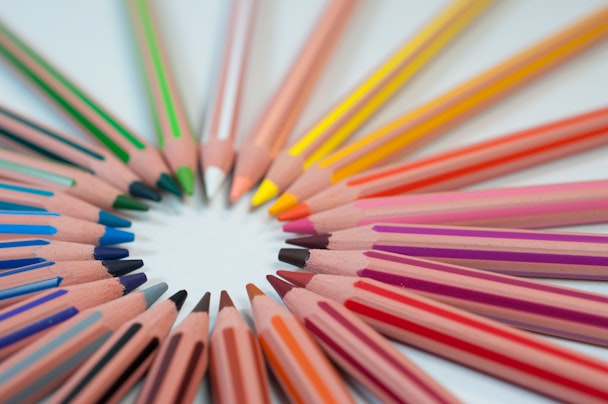Natural bias: if we’re hard-wired to stereotype, how can brands become inclusive?
Psychologists have long understood that many of our most problematic biases are deeply ingrained; some say they’re natural ways of coping with a confusing world. What does that mean for brands trying to be more inclusive? For our Deep Dive on Marketing and the Marginalized, Naomi Macphail and Alicia Newman of The Drum Network member agency Frog investigate.

Frog’s Naomi Macphail and Alicia Newman on natural bias, diversity and inclusion / Agence Olloweb via Unsplash
Inclusivity isn’t new. All marketers understand the importance of reaching everyone, irrespective of their age, gender, sexuality, race or religion. Yet a recent survey by Facebook found that most consumers (54%) do not feel fully represented in online advertising.
Why are brands still struggling to be inclusive?
Some brands are concerned about negative repercussions. A study by Glaad found 61% of advertisers are “fearful of public backlash for including minority audiences such as LGBTQ+ people in advertising.”
If a brand showcases audiences incorrectly, they can face negativity, damaging their reputation. This can become a serious and potentially long-lasting issue, like when BrewDog released a pink IPA beer using the strapline ‘beer for girls’ in an attempt to fight against gender inequality. Critics found the stereotypical remark offensive and outdated, causing a wave of negativity toward the brand.
Another reason why brands struggle to represent their customers authentically could be natural bias. Natural bias happens subconsciously in all of us, when we automatically categorize people into groups based on characteristics such as age, gender and race.
Our brains are hardwired to group people based on physical appearances to help us navigate the social world. Humans are constantly bombarded with information; categorizing this information creates a sense of order. But it also leads us to form stereotypes.
The biggest mistake brands make when trying to be inclusive is representing minority audiences in unrealistic ways, putting them into stereotypical roles or scenarios. Being aware of our natural bias and its effects allows us to make better decisions and avoid stereotyping, leading to a more inclusive approach.
So how can brands avoid natural bias and become more inclusive?
1. Practice what you preach
Before you think about advertising, ensure your teams are as inclusive and diverse as possible. Natural diversity within teams will help break stereotypical views or stigmas. Coca-Cola is a great example of a company that has built teams and developed values to mirror the diversity of the communities it sells to.
2. Be real
Remove stereotypes from your communications by seeking truth in your telling. Basing your advertising around real stories told by real people will make your advertising authentic and build a realistic representation of the world we live in. Gillette in 2019 used everyday people in its campaign ‘Handle with Care.’ One ad championed LGBT+ equality by showing a father helping his transgender son to shave. It received multiple recognitions for inclusivity and meaningful depictions of people’s lives.
3. Be accurate
Often, when brands integrate minority audiences into their communications, they highlight what makes them different. Brands rarely portray people with disabilities in everyday scenarios, such as work, doing household chores or parenting. But inclusivity means including someone irrespective of disability, gender, race or age. Minority audiences should be represented more often and depicted accurately when they are.
Maltesers’ ‘look on the light side’ campaign featured disabled people in everyday scenarios discussing awkward encounters. The ads were inspired by real stories and used to break down taboos and challenge perceptions. They captured an honest and real understanding of people with disabilities that was truly inclusive.
4. Plan for longevity
Being inclusive is not a one-off action. Inclusivity should be integrated into everything you do, from the people you hire to the advertising you create and the product or services you deliver. Brands need to strive for inclusivity that lasts.
Ikea was the first brand to show a gay couple on TV in 1994 and its inclusivity for the LGBT+ community hasn’t stopped. It has worked hard to integrate inclusivity across its business, with a focus in 2021 on helping everyone, irrespective of their sexual orientation or gender identity, feel at home.
To quote Verna Myers, head of diversity and inclusion at Netflix: “Biases are stories we make up about people before we get to know them.” Being inclusive doesn’t come naturally; brands need to think about removing biases and avoiding the use of stereotypes to ensure they depict a true representation of society.
Inclusivity isn’t a box you can tick. It’s a continuous process, which requires constant self-assessment and focus.
Content by The Drum Network member:

frog
frog is a leading global creative consultancy, part of Capgemini Invent. Partnering with passionate leaders and visionary entrepreneurs, we apply creativity, strategy,...
Find out more
